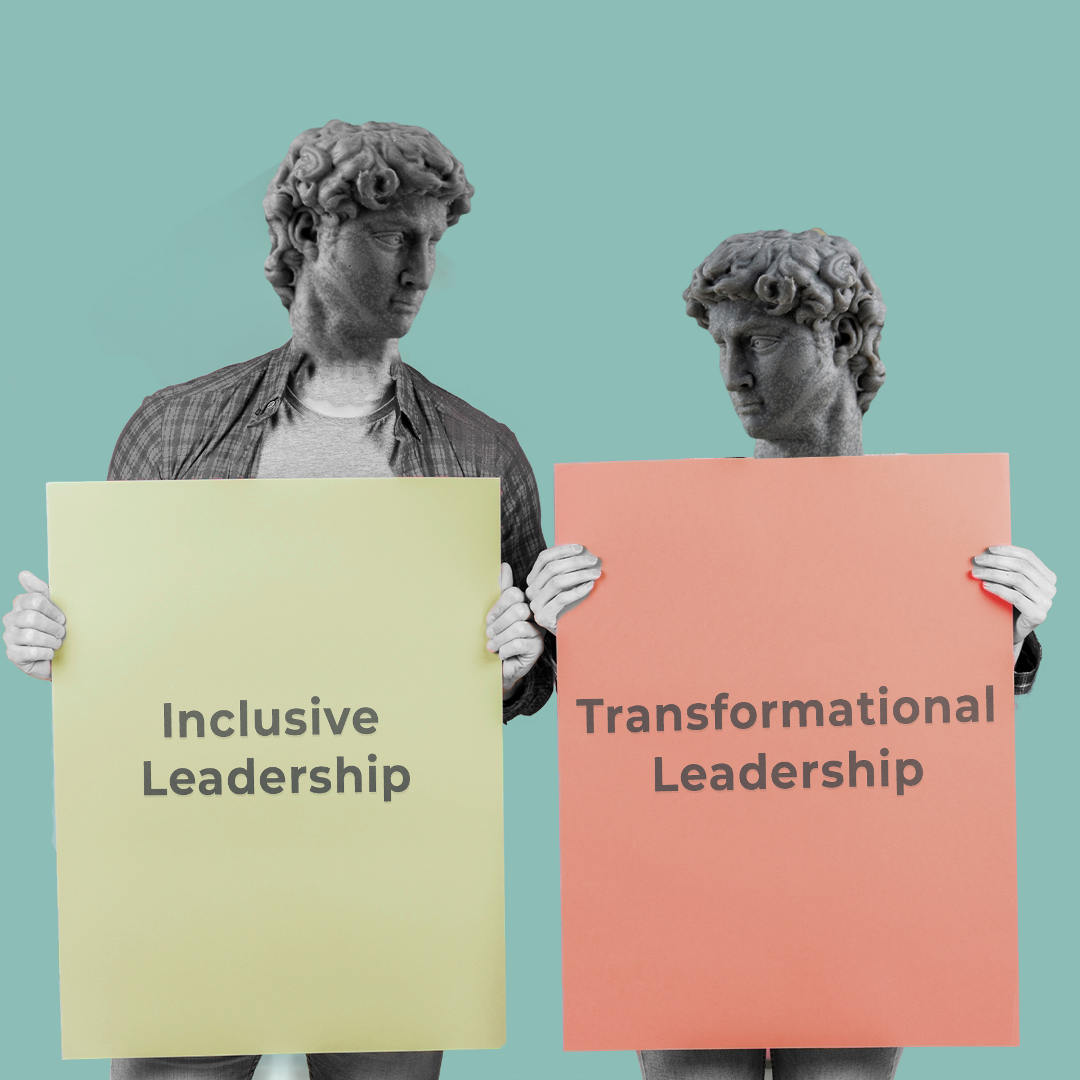Overview:
- Explores differences between inclusive (diversity-focused) and transformational (visionary) leadership styles.
- Highlights Deloitte’s practical applications of inclusive leaders’ principles through real-world examples.
- Discusses benefits: inclusive fosters respect, while transformational boosts performance.
- Recommends blending aspects of both styles for optimal leadership in diverse team environments.
Introduction
There is no doubt that amidst the complexity of today’s leadership landscape, one needs to realize the leadership styles. Of the many existing styles, two major ones are inclusive and transformational. Both are quite different, but understanding these differences may help leaders choose the best strategy for their team. This article will emphasize the ins and outs of inclusive leadership vs transformational leadership. It will also look into women’s role in leadership and how this has been opening up new frontiers.
What is the Difference: Inclusive Leadership Vs Transformational Leadership
Inclusive Leadership
It is more than a job. Inclusive leadership style in workplace includes a different kind of approach. It involves diversity, equity, and inclusivity in recognizing and valuing the unique contribution and perspective of everybody on the team. Inclusive leaders make people feel respected, valued, and encouraged to maximize their potential. Follow these tips on how to be an inclusive leader
- Create Open Lines of Communication: Give people the freedom to express their thoughts and ideas without judgment.
- Promote Diversity: Get insights from your diverse team members especially while practicing diversity and inclusion in the workplace.
- Equal Opportunities: Ensure every member of the team receives a fair share of resources, opportunities, and support.
- Active Listening: Deal with the concerns of subordinates and pay serious attention to their thoughts or suggestions.
- Lead by Example: Display inclusive behavior by decisions and actions.
This style focuses on the critical importance of collaboration, empathy, and diversity. This is because such leaders are often perceived to be approachable and supportive, thus creating a conducive work environment.
Transformational Leadership
It targets the motivation of the members to do their best beyond the set objectives. The key elements include strong vision, charisma, and driving immense change within the organization. Some Essential Transformational Leadership Components
- Inspirational Motivation: They articulate an appealing vision that energizes others.
- Intellectual Stimulation: Transformational leaders stimulate creativity and innovation by questioning the old ways and encouraging followers to use critical thinking.
- Individualized Consideration: They empathize and put themselves into the follower’s place, coaching, guiding, and offering support to expand skills and personal goals.
- Idealized Influence: Transformational leaders serve as role models for their followers. They exhibit high morals by which the employees are inspired to follow them, thus gaining confidence and respect from the employees.

Inclusive Leadership Example
Compare this to the following example: In 2017, Deloitte did a radical experiment in advancing workplace inclusion. They created a framework to empower men to be inclusive leaders with women. This included dissolving the women’s network and evoking a sense of leadership in women. Deepa Purushothaman, national director of Deloitte’s women’s employee resource group (ERG), said, “The last 5 percent is the hardest. A lot of our leaders are still older white men, and they need to advocate for women.”
“I do believe it is a learnable skill. At Deloitte, we believe Leadership should be more than just leading with inclusion-it is the foundation of our culture. According to Deloitte’s Chief Inclusion Officer, the 6 C’s followed by inclusive leaders are inclusive commitment, collaboration, curiosity, cultural intelligence, courage, cognizance. This description by Terri creates a good framework for anybody who aspires to be inclusive in his or her behavior.

Transformational Leadership Examples
Examples of visionary leaders in various fields and contexts include:
- Steve Jobs: The former CEO of Apple transformed the firm into the creator of many innovative products like the iPhone and iPad.
- Nelson Mandela: A political leader with a vision of a South Africa that was free and democratic, which inspired millions of followers. His ability to lead by bringing people together and reconciling with them is the epitome of transformative leadership.
- Mahatma Gandhi: His transformational leadership through the Indian Independence Movement, based on nonviolence inspired the Indian nation.
- Jeff Bezos: He set long-term goals and maintained customer relationships and transformed Amazon to the global e-commerce giant. This impacted the future of retail and technology.
Inclusive Leadership Vs Transformational Leadership
The inclusive leadership style and transformational styles build a supportive and viable environment in the workplace that supports employee well-being. The stark comparison between Inclusive Leadership and Transformational Leadership can be judged by:
- Focus: The latter aims to achieve a diverse and inclusive environment. However, the former is directed at inspiring and motivating employees toward high performance.
- Approach: The approach of inclusive leaders drives equity and inclusion in decision-making. The transformational ones center on actualizing vision and innovation.
- Results: Where inclusive will yield harmonious and respectful workplaces, transformational will ensure high engagement and performance.

Conclusion
In this era, leaders have to differentiate inclusive leadership vs transformational leadership to inspire the members of the team. Each type of leadership has its unique strengths. Research says that leaders may find that combining elements of each may yield the most successful results. Whether you aim to be an inclusive leader or the transformational style has moved you, adaptation is the key. It, therefore, sets a positive work environment for all.
FAQs
What is Inclusive Leadership?
Inclusive leadership embodies diversity, equity, and inclusion and recognizes that people bring unique contributions and perspectives to a team.
What are Some Hallmarks of Transformational Leadership?
Transformational leadership has visionary goals and charisma that will drive meaningful organizational change in a manner inspiring to others.
What is a Concreate example of Inclusive Leadership in Practice?
Deloitte’s efforts to empower men as inclusive leaders by breaking down traditional networks that perpetuate non-inclusive behaviors of men .
How is Inclusive Leadership Different From Transformational Leadership?
Inclusive leadership focuses on having a diverse and respectful workplace; transformational leadership motivates high performance and innovativeness.


